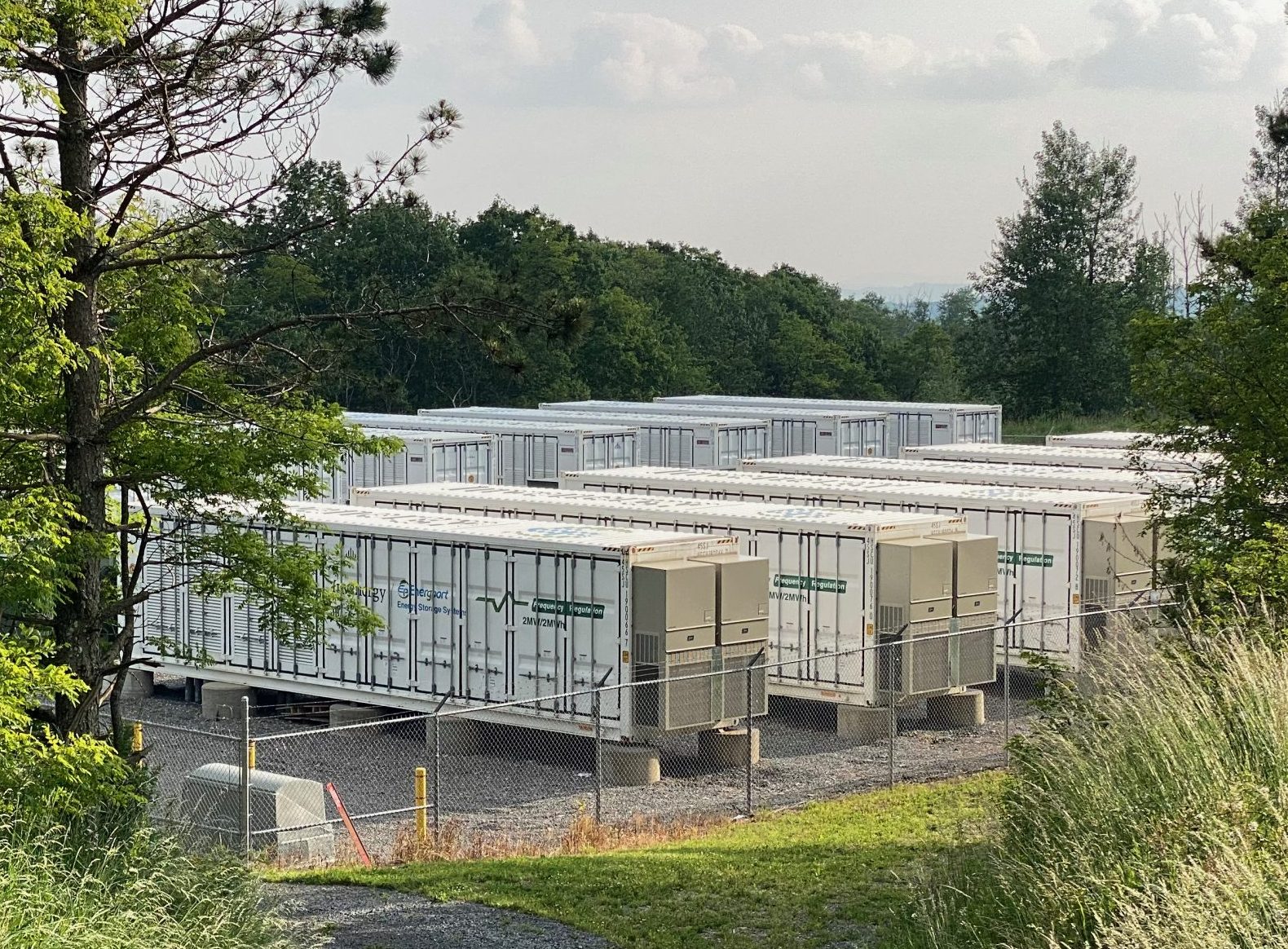CENTRE WELLINGTON – In response to fears the province won’t have enough power to meet demand by 2028, the organization managing Ontario’s power supply is looking to lithium ion batteries.
A push from the Independent Electricity System Operator (IESO) to build battery energy storage facilities has a number of companies looking to Wellington County, thanks to its proximity to electrical grid transmission lines.
One of those proposals involves a joint venture between Alectra, a utility company serving 17 communities including Rockwood and Guelph, and U.S.-based Convergent Energy and Power.
After receiving Centre Wellington council’s blessing on Nov. 27, the companies recently submitted an application to the IESO to build a battery storage facility on 13 acres of rural property along Wellington Road 18.
Though the facility could help address fears over a shortage of power on the grid, it is giving rise to fear about the potential for fires.
Convergent, one of the companies involved in the local joint venture proposal, had two battery facility fires in New York state this year.
According to a spokesperson for the venture, the fires were the first in Convergent’s 12-years of operations.
“At both sites, the incident was contained within the project fence line, with [no] injuries and no damage to adjacent property,” the spokesperson stated in an email to the Advertiser.
According to the spokesperson, one of the incidents was caused by a “product design failure” by the battery manufacturer. An investigation into the second incident is ongoing.
“We know fire safety is a concern that a lot of people have,” Convergent’s senior VP of development Tremor Temchin said during a Nov. 15 public information session, calling the concern “paramount.”
Attempting to allay fears, Temchin said there’s a multi-layered approach beginning with proactive monitoring to shut systems down before a problem arises.
He also said the companies would work with Centre Wellington Fire and Rescue Services (CWFRS) throughout the process if the Belwood facility is approved.
“It’s something new, so everybody has questions about abilities and what can happen with these facilities should a fire occur,” CWFRS fire prevention officer Jason Benn told the Advertiser by phone recently.
Benn said the service is “well-versed” and up to speed on dealing with fires in battery storage facilities and noted there aren’t many fires because of internal mitigation systems built into the facilities.
The batteries are assembled in modular units within containers similar to a shipping container, which are constructed on concrete pads within a fenced area, set back from people and buildings.
“Within each of these containers, battery modules are made up of a series of interconnected cells, and are individually sealed,” an Alectra-Convergent spokesperson told the Advertiser.
The spokesperson emphasized batteries are sourced from “tier one” suppliers meeting international and domestic electrical and fire safety standards.
In a detailed response to the Advertiser, the spokesperson explained the multi-layered approach referenced by Temchin in the Nov. 15 session.
Each battery module and the individual “cells” within are monitored. If something abnormal is detected, such as a high temperature, the monitoring system will “electrically isolate the components.”
With technology such as the “Li-Ion Tamer,” gases such as hydrogen can be detected – one of the first signs of a battery breakdown, according to the spokesperson.
If that happens, the system is designed to electrically disconnect the battery, and the gasses would be vented through ceiling panels designed to blow open with pressure.
The spokesperson also noted other mitigation measures, including voltage monitoring, automated climate controls, remote alarm notifications and the ability to de-energize units remotely.
The systems are designed with isolation in mind, so a problem with one container won’t spread to others.
If there is a fire, a chemical- and powder-based aerosol such as “Stat-X” or “FM-200” is discharged within the unit to prevent the fire’s spread.
Rather than fight the fires, its common practice for fire departments to allow the fires to burn themselves out.
“There are no unique capabilities, equipment or capacity required for firefighting services to respond to potential incidents,” the spokesperson wrote.
The IESO has yet to review the Alectra-Convergent proposal, submitted just last week.
Should it be successful, construction on the Wellington Road 18 property could begin as early as 2025 with the system coming online between 2027 and 2028.
Alectra-Convergent would meet with CWFRS early on in the process to develop a local emergency response plan, according to the venture’s spokesperson, and the service would receive “awareness training” about the site, equipment and access routes.
Because of the gases and smoke released from a battery fire, evacuations or shelter-in-place orders may be used by emergency services.
“The fire department will have ultimate say on specific protocols, including whether a shelter-in-place event would be appropriate,” the spokesperson stated.
“Heaven forbid, if such a fire does occur, it basically would be that the fire department would … protect the adjacent modules,” Benn said of the local response.
“It’ll be no different than any other emergency that we would deal with.”
Benn said although the fire service initially had questions and concerns, they’ve since been allayed.
“We’re definitely comfortable with these units coming to the area,” he said.




